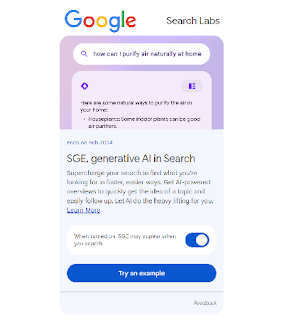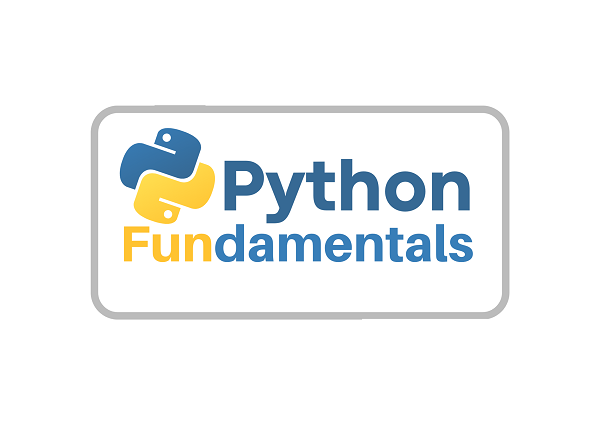HuggingGPT: The AI Framework that Unites LLMs and AI Models
Learn about the innovative HuggingGPT (JARVIS) AI framework that unites LLMs and AI models through natural language processing, machine learning, and deep learning techniques. Discover how it can revolutionize your AI development process.
The AI world is on fire! Every single day, powerful language models are released, and the pace of change is breathtaking. In no time, we can now run a ChatGPT-like LLM on our PC offline, create our very own AI chatbot, and even develop a personalized AI assistant!
But wait, there's more! Microsoft's AI system, JARVIS (yes, you heard it right, like Iron Man's AI assistant), is here, and it's like nothing you've ever seen before! JARVIS connects to multiple AI models to produce an outstanding outcome, and you can check it out for yourself right now on Huggingface. What are you waiting for? Discover the power of Microsoft JARVIS (HuggingGPT) now!
Get ready to witness a groundbreaking achievement by Microsoft in the field of AI! They've introduced a revolutionary collaborative system where multiple AI models work together to achieve complex tasks. And the best part? ChatGPT is the brain behind the operation. This innovative project is known as JARVIS.
JARVIS surpasses all expectations as it handles texts, images, audio, and even videos with remarkable ease. It's like nothing we've seen before. JARVIS integrates various open-source LLMs to execute tasks that even OpenAI's GPT 4 struggled with. That's not all! JARVIS can connect to the internet and access files. For instance, you can ask JARVIS to answer questions about a specific webpage using its URL. Isn't that just amazing?
With JARVIS (HuggingGPT), you can accomplish multiple tasks with a single query. Just sit back and let ChatGPT take over - it'll analyze your request, plan the tasks, and select the perfect model from a pool of 20. The selected model completes the task and returns the result to ChatGPT, which then generates a comprehensive response using inference results from all the models. Say goodbye to juggling multiple models - JARVIS has got your back!
How HuggingGPT works:
Check out these four steps of HuggingGPT that you need to know!
1. Task Planning: Make requests understandable and achievable by breaking them down into smaller tasks with ChatGPT's help.Advantages of HuggingGPT:
1. Unlock the Power of AI with HuggingGPT: A Framework That Employs External Models to Tackle Complex Tasks and Integrate Multimodal Perceptual Skills!
2. Keep Your AI Capabilities Scalable and Expandable with HuggingGPT: A Pipeline That Soaks Up Knowledge from Domain-Specific Specialists.
3. HuggingGPT - Your One-Stop Solution for 24 Complex AI Tasks, from Text Classification to Image Generation: Incorporating Hundreds of Hugging Face Models around ChatGPT for Multimodal Data Handling!
Limitations of HuggingGPT:
1. Efficiency concerns: Restrictions are inevitable, and the main concern is how they impact success.
2. Inference bottleneck: Engaging with the massive language model multiple times per user request round slows response times and lowers service quality.
3. Maximum context length restriction: LLM's maximum allowed number of tokens limits context length, and studies have focused solely on the task-planning phase to address this.
4. Reliability issues: Large language models can occasionally deviate from instructions during inference, and unexpected output formats can surprise developers.
5. Expert model management: Hugging Face's expert models may fail due to network latency or service status.




Comments
Post a Comment